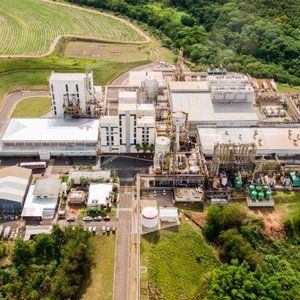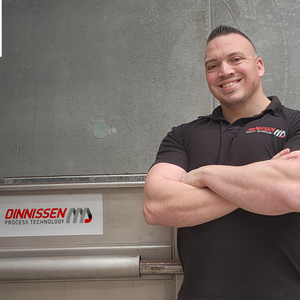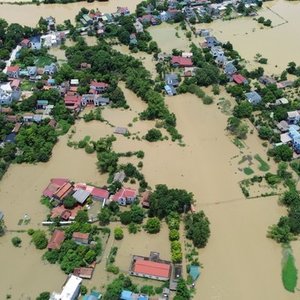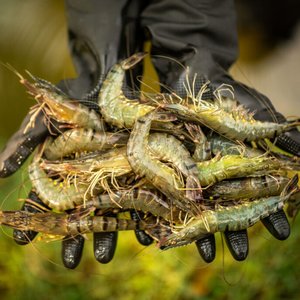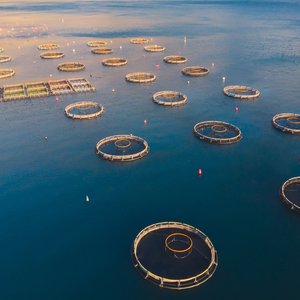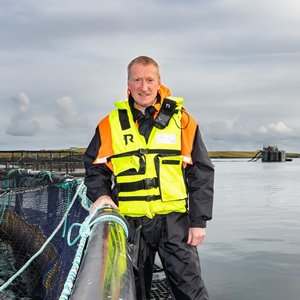Lallemand Animal Nutrition, Blagnac (Toulouse), France, announced today the completion of a two-year research program on the benefits of probiotics in aquaculture.
The program is a joint collaboration between INRA, the French Agronomic Research Institute, Ifremer, the French Research Institute for the Exploitation of the Sea, and AFSSA, the French Agency for Food Safety and private companies (Lallemand, Viviers de France, Aquanord and Biomar). It was co-funded by OFIMER (French Interprofessional Syndicate of Sea Products and Aquaculture) and CIPA (Interprofesionnal Committee of Aquaculture Products).
Objectives of the project were to evaluate the impact of probiotics on the improvement of productivity, quality and safety in rainbow trout and seebass.
Over 30 people, representing every level of the sector, (scientists from public Institutions, official authorities, independent veterinaries, feed producers, fish farmers, representative of the fish processing industry, professional syndicates, journalists), gathered at Institut Pasteur to hear the results of the study. The event was dedicated to the impact of probiotics in fish farming, and as such, was also designed as an opportunity for open discussions and debates between all the players in the industry about the promises and realities of probiotics in aquaculture. The results that were presented show the benefits of probiotics in aquaculture, particularly in terms of flesh quality and disease prevention.
Commenting on the conference, Bruno Rochet, President of the European Probiotics Association, said: “The program presented today is the result of a close collaboration between research and industry and we’ve shown today that this kind of initiative is extremely positive and can benefit each actor of the sector. I take this opportunity to thank all the partners involved in the study as well as OFIMER and CIPA, which funded the project. The results presented today are very promising and, while not sufficient to draw definitive conclusions on the use of probiotics in aquaculture, they encourage us to pursue in this direction. I can tell you today that further studies are already on their way.”
The program presented involved studies in both experimental and production conditions, for rainbow trout, the main freshwater fish produced in Europe, and for seabass. Two types of probiotics were tested: live yeast Saccharomyces boulardii (Levucell SB®) and a lactic acid producing bacteria, Pediococcus acidilactici (Bactocell®), either alone, or in combination.
The part of the study dedicated to the influence of probiotics on the immune response, and conducted by the team of Dr Claire Quentel at the AFSSA, gave very promising results. In experimental conditions, trouts challenged with Yersinia ruckeri, a common and recurring pathogen in the aquaculture industry, were extremely resistant to the infection after four months treatment with probiotics. Levucell SB gave the best protection, even when high doses of pathogens were used: 5-6% of the trouts died in the Levucell SB group compared to a 80-90% mortality rate in the untreated group. Moreover, in the probiotic group, the rate of healthy carrier of Yersinia also decreased from 80% (control group) to 15% (Levucell group), demonstrating that probiotics act as a prophylactic agent. Bactocell also conferred significant protection against infection, with a 15-25% mortality rate.
When zootechnical parameters were studied, it was found that, in the case of trout, the lipid content was significantly enhanced in muscle due to probiotics, as well as coloration whenever it wasn’t optimal. Peri-visceral fat was unchanged, meaning that carcass grade was unaffected. The occurrence of vertebra compression was also reduced with both probiotics. These observations allowed J. Aubin from INRA, responsible for the program, to conclude that: ”Probiotics showed no negative impact on fish quality and productivity, and could enhance flesh quality parameters when these were not optimum. So far, we can conclude to a compensating action of probiotics.”
The interaction of the probiotics with the digestive tract and its endogenous microflora was also extensively studied. It was shown that both probiotics survive and transit well in the trout digestive tract and, in the case of Levucell SB, the probiotic is even shown to adhere to the mucosa and influence the microbial balance. In the case of growing seabass, Levucell SB didn’t survive in the intestine of the fish, although the survival of Levucell SB has been already demonstrated in the gut of marine fish larvae. This may explain the lack of effect observed in seabass after metamorphosis. Dr Gatesoupe, from a joint team INRA-Ifremer, concluded on his part of the work:
“The environmental variability and some parameters difficult to control such as water quality are inherent issues in aquaculture. We’ve shown in this study that fish intestinal microbiota is extremely variable in time and between breeding sites for a given species, and this is why I think that probiotics, with their ability to regulate microbiota and intestinal mucosa, may contribute to a healthy and controlled breeding, without any detrimental impact on the environment. However, it is essential to test such treatments in representative panels of fish farms, before recommending their practical application.”


